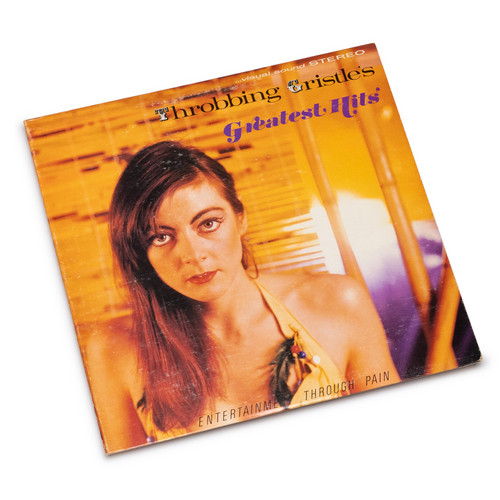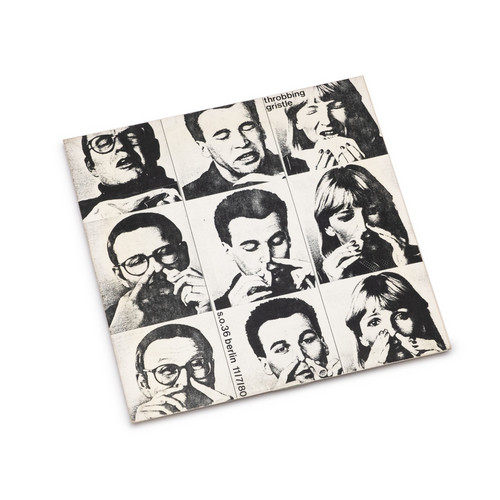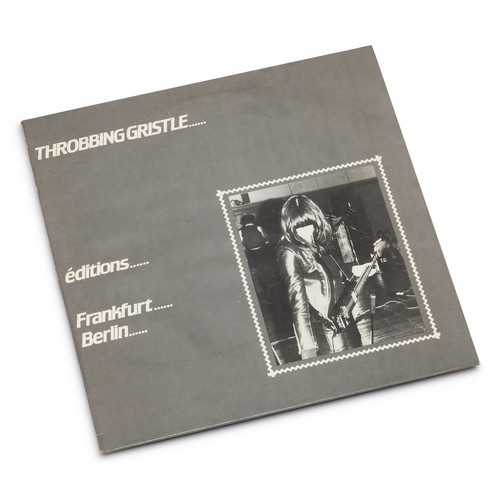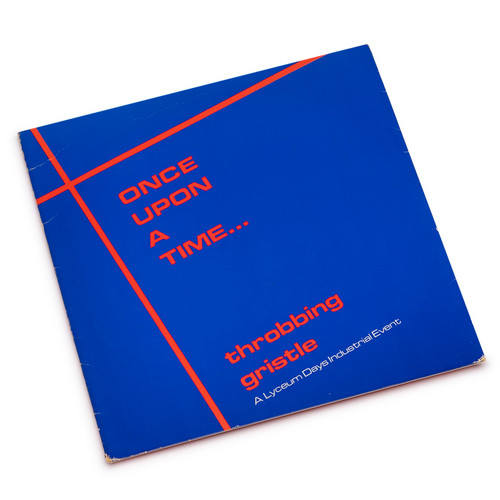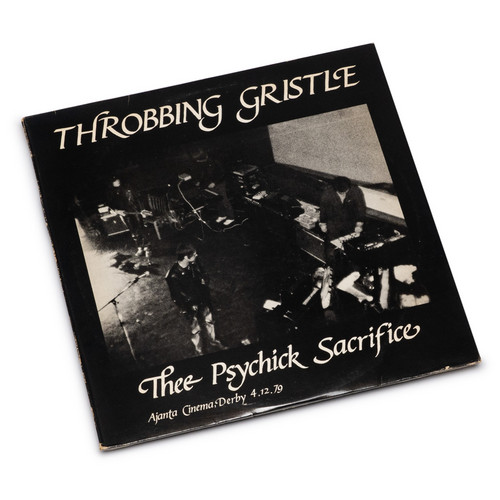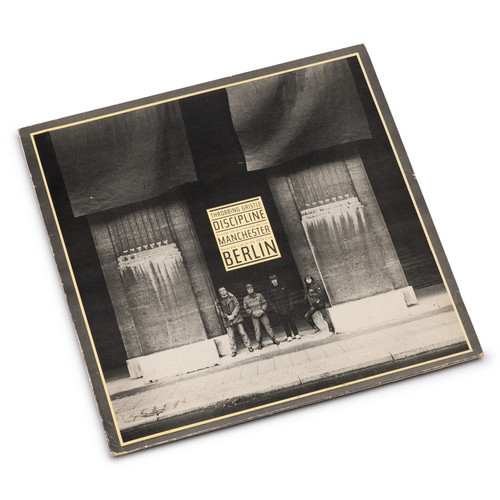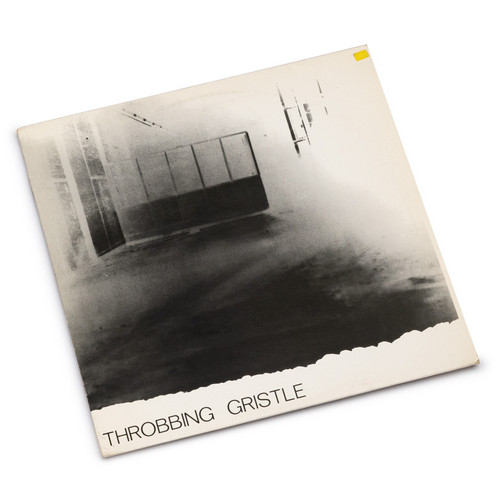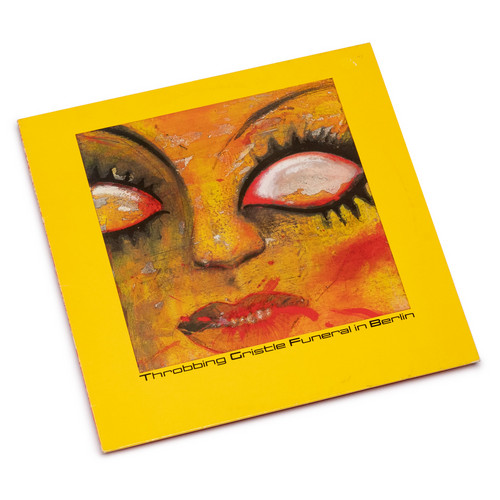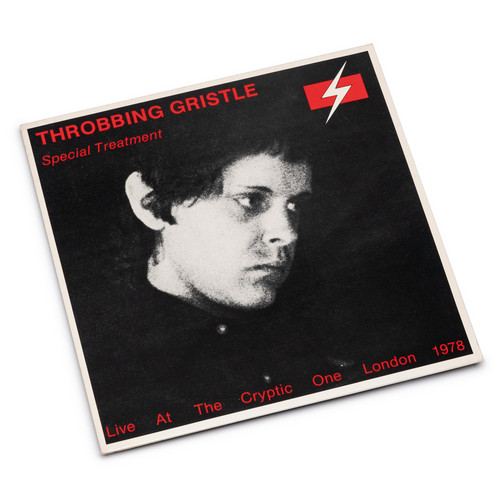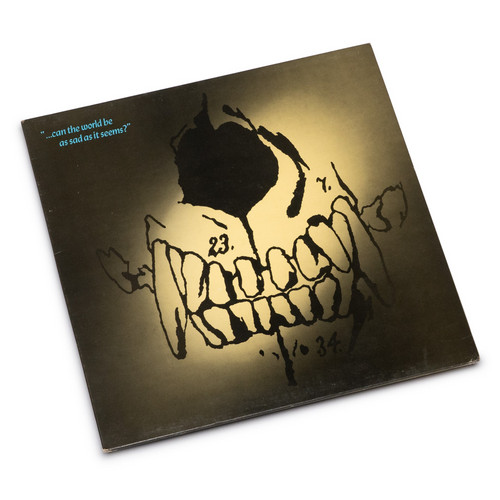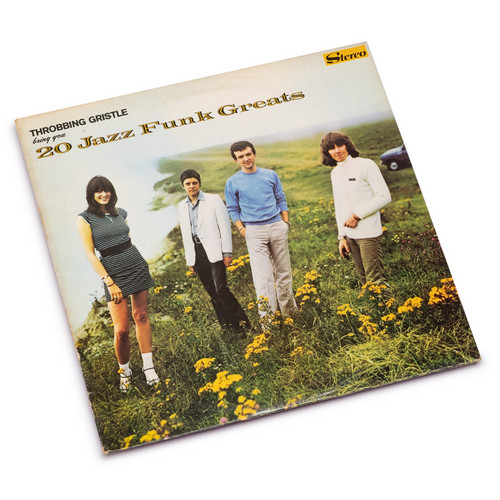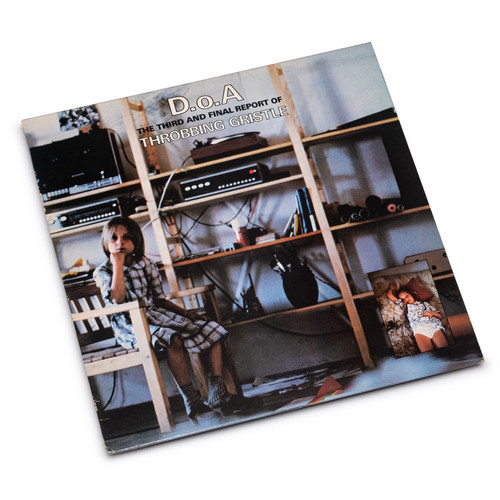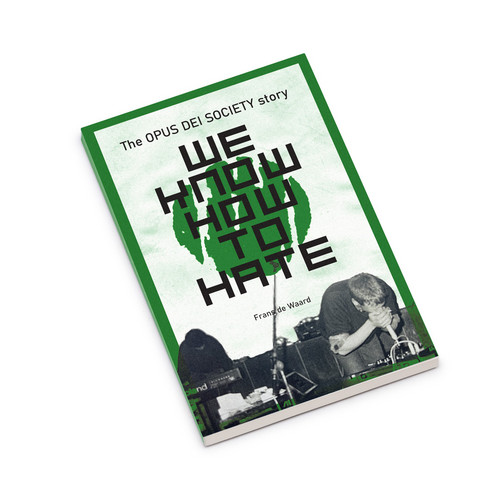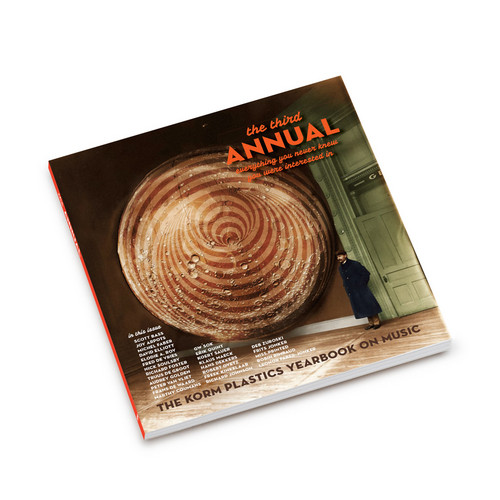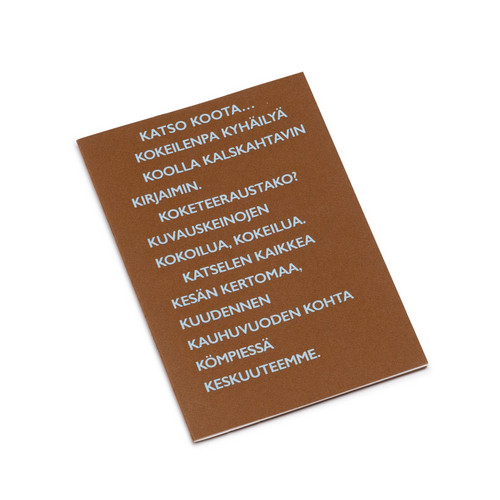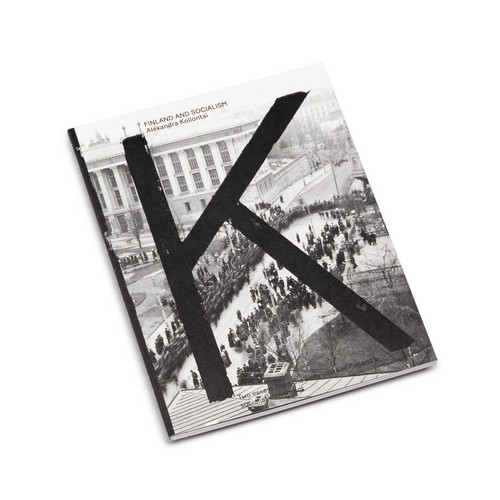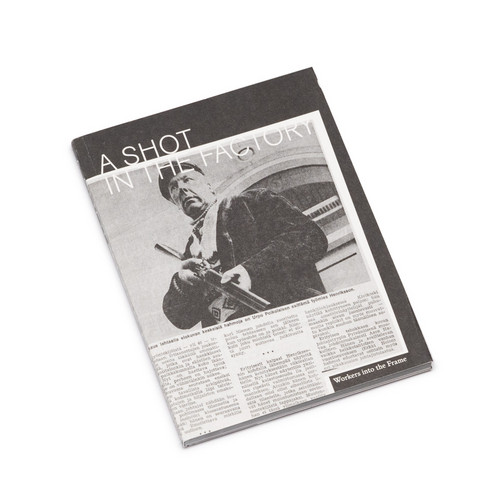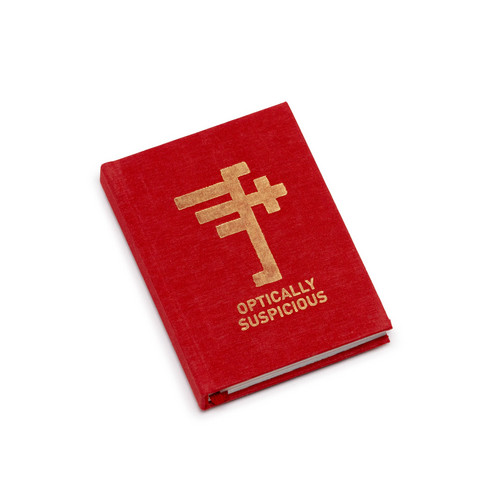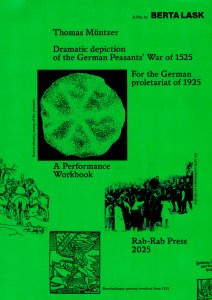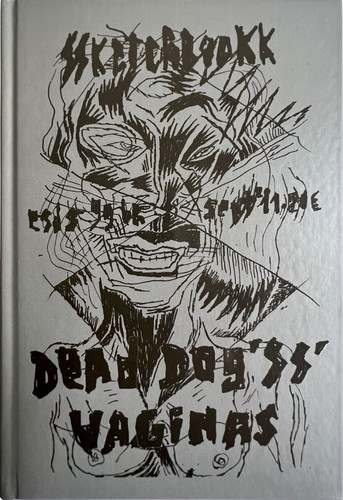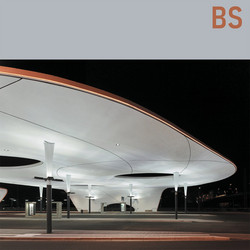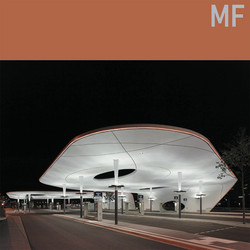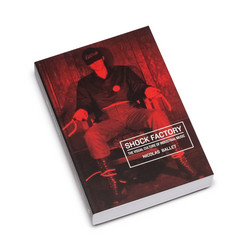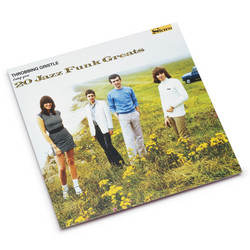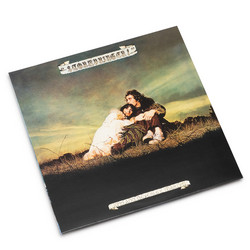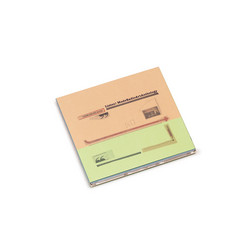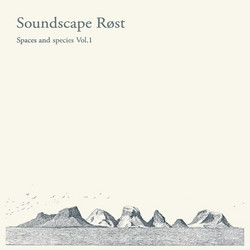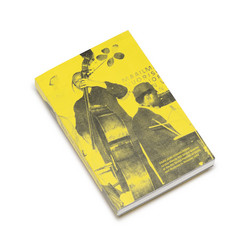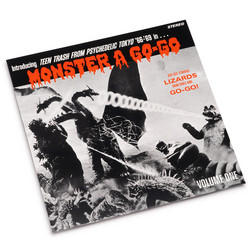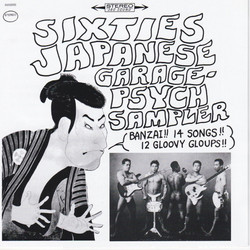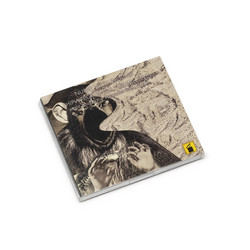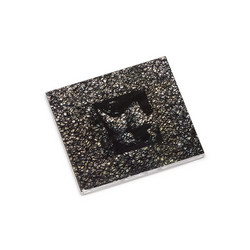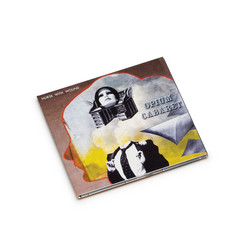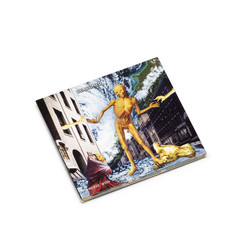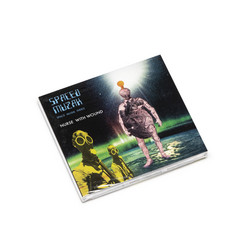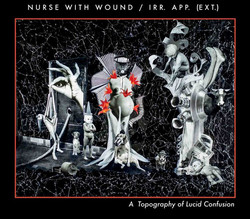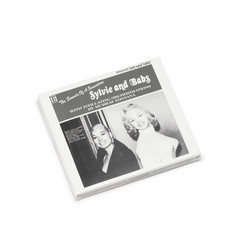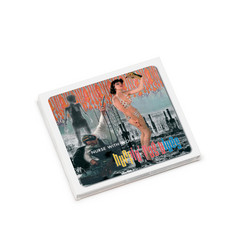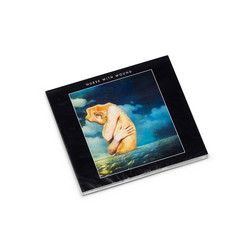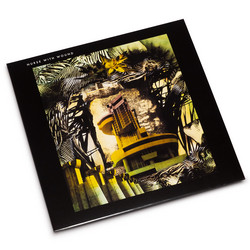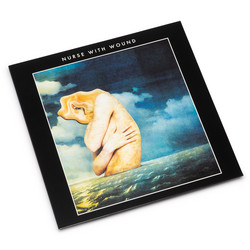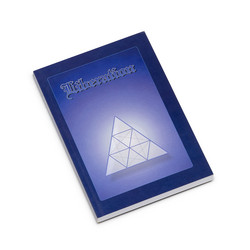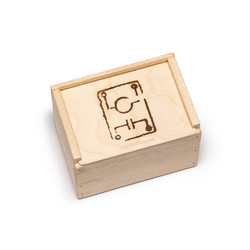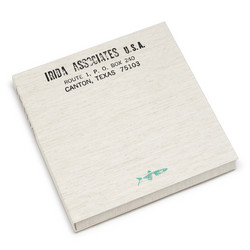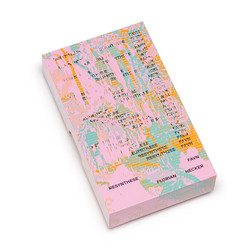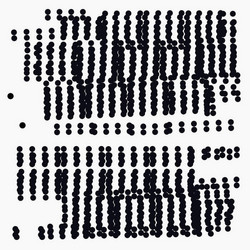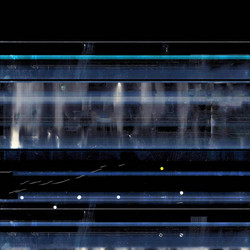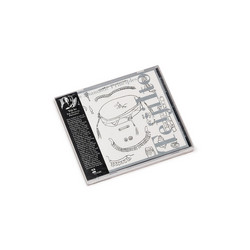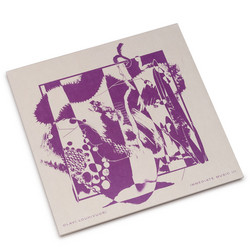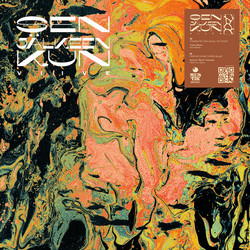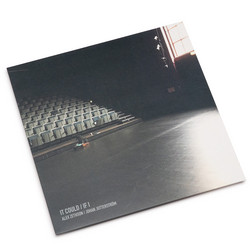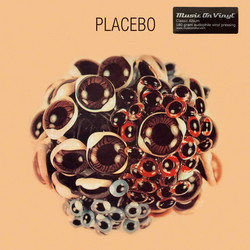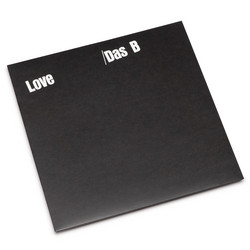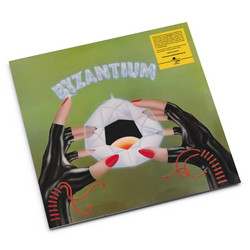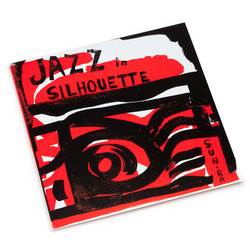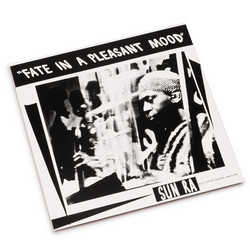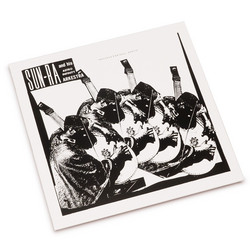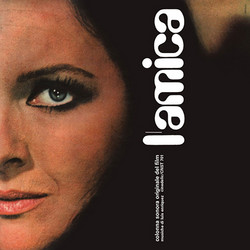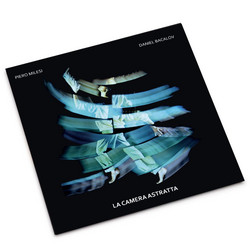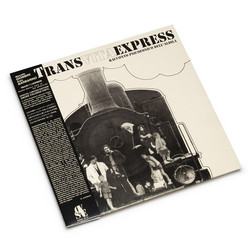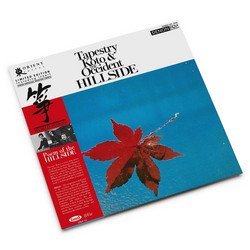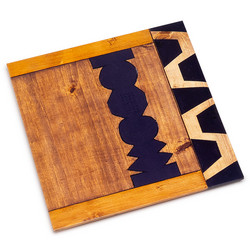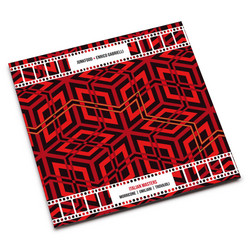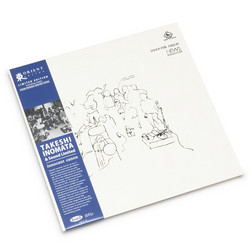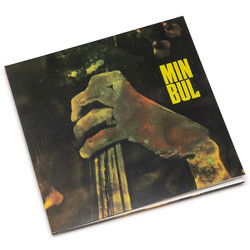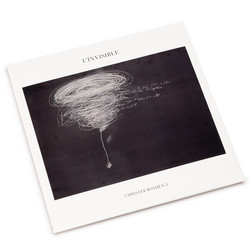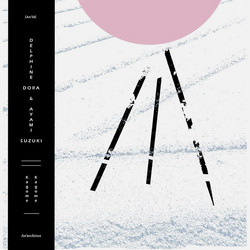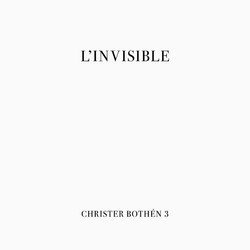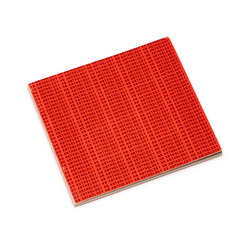New Arrivals / Last week
Greatest Hits (LP)
Original 1981 edition on Rough Trade of the beautifully packaged compilation of previously released material with cover inspired by Martin Denny.
Führer Der Menschheit (10")
1981 unofficial but apparently approved green vinyl 10" on Bundestagdrucksache released in a limited numbered edition, with the recording of the show at SO36 Berlin on Nov. 7th, 1980. With two inserts.
Éditions Frankfurt-Berlin (LP)
1983 LP on Svensk Illuminated with partial recordings of shows in Berlin and Frankfurt in 1980.
Once Upon A Time... (LP)
Dark blue cover version of the 1984 unoffcial LP on Casual Abandon with a 1981 live recording in London.
Thee Psychick Sacrifice (2LP)
1982 first re-issue on vinyl as a double LP set on Illuminated of the IRC18 cassette with a recording of the concert in Darby in April 1979.
Discipline (12"EP)
Original and only edition on Fetish of TG's last record before the split in 1981 with two versions of one of their best-known songs.
Journey Through A Body (LP)
Original 1982 first edition on Walter Ulbricht Schallfolien limited to 1000 copies with original innersleeve of TG's last studio recording made at RAI in Rome in 1981, one of their finest achievements.
Funeral In Berlin (LP)
Original and only edition on Zensor of the first TG live album with recordings from two concerts in Berlin in 1980.
Special Treatment (LP)
1984 unofficial vinyl re-issue on Mental Decay Records of the IRC16 cassette with a recording of the concert in London in November 1978.
Heathen Earth (LP)
Original 1980 edition on Industrial Records on black vinyl with gatefold sleeve of TG's beautiful live in the studio fourth album.
20 Jazz Funk Greats (LP)
Very rare original 1979 first edition with poster (included in the first 2000 copies only) on Industrial Records of the absolute classic third TG album, considered "the best industrial album of all time".
D.o.A. The Third And Final Report (LP)
Original first edition of 3000 copies on Industrial Records of TG's very varied and confrontational second album, one of the fundaments of Industrial music. No calendar nor card included.
We Know How To Hate - The Opus De Society story (Book)
Before the internet collapsed distances and democratized distribution, the international noise underground operated through an intricate web of mail-order catalogs, hand-dubbed cassettes, and photocopied fanzines. Labels emerged from bedrooms and basements, their catalogs circulating through postal networks that connected isolated outposts of extreme sound across continents. Few figures navigated this world as actively as Frans de Waard, and few labels embodied its uncompromising spirit as purel…
The Annual 2025 (Book)
Softcover, 244 pages, 21x21 cm What connects 1950s open-reel tape trading to Quebec's pioneering all-female punk band? How does Peter Green of Fleetwood Mac lead to Amon Düül and the Rote Armee Fraktion? Why should you know about Korla Pandit? And what exactly happened at Nijmegen's legendary Diogenes Club? The Third Annual - Korm Plastics' biggest and boldest yearbook yet - doesn't answer the questions you thought you had. It answers the ones you didn't know you were asking.
This third edition…
Look at K (Book)
The anti-fascist alliterative text, precursor to Oulipo, by Olavi Laiho, written in 1944 in Oulu prison just before his execution for high treason.
Finland and Socialism (Book)
Translated into English for the first time, Alexandra Kollontai's gripping account of the early years of the socialist movement in Finland, originally published in 1906 and banned the following year with an arrest warrant issued for Kollontai: a first-hand report and political analysis of the organisation of workers against tsarist autocracy and capitalist oppression.
Kollontaï's writings give an overview of the early years of socialist history in Finland, in which she played an active role, and…
A Shot in the Factory (Book)
This book explores the theme of workers' struggles at the heart of Finnish director Erkko Kivikoski's 1973 film, drawing on a seminal report by writer Marja-Leena Mikkola on female industrial workers and placing both works in the broader context of the history of the Finnish labour movement.
A Shot in the Factory: Workers into the Frame is based on the 1973 Finnish film directed by Erkko Kivikoski. Set at the dawn of the neoliberal era, the film A Shot in the Factory [Laukaus Tehtaalla] tells th…
Optically Suspicious (Book)
Edited, designed, and printed by Matrijaršija, this riso-printed book, which inaugurates the Tehnika series, is based on research conducted on the left-wing union of typographers and printers active in Yugoslavia in the 1920s and 1930s.
Optically Suspicious is a publication by Matrijaršija on the life, work, and cultural and artistic activities of the Union of Graphic and Typographic Workers of Yugoslavia. The book is the result of research in the Union's archives in the Printed Material Collect…
Dramatic Depiction of the German Peasants' War of 1525 (Book)
First English edition of the visionary play by German playwright and communist activist Berta Lask (1878–1967).
Elles sont de sortie #99 – Dead Dogs Vaginas (Book)
Luxurious reproduction of a sketchbook by Bruno Richard dating from 1987. This enormous ESDS opus includes numerous drawings in a raw, dirty and neo-primitive style. A type of drawing by Bruno Richard that would later be featured in the anthology Nègres Vulves Noires Bites. Preface by Gary Panter. Bruno Richard (born in 1956 in Curepipe, Mauritius) is an artist, illustrator and graphic designer. Co-founder with Pascal Doury of the magazine Elles sont de sortie in 1977, one of the first French gr…
